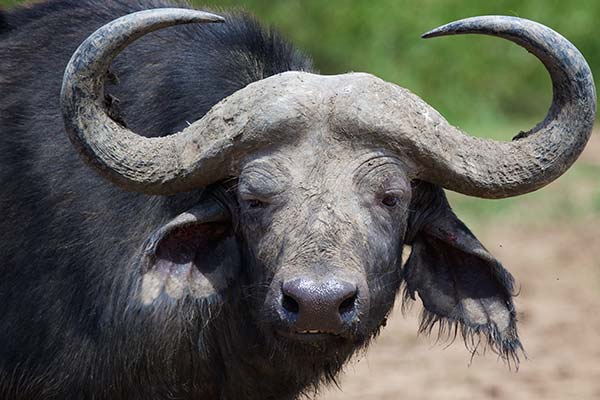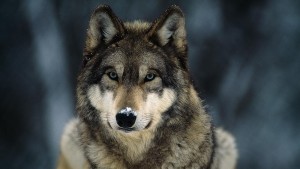Wolves live in groups called packs. The wolves’ communication skills are very important to the pack’s survival. Wolves work together to hunt, raise their young, and protect their territory. Wolves communicate with more than howls! They whimper and whine, growl and bark, yelp and snarl. They also use scents produced by their bodies to communicate. One source of scent is urine, which they use to mark territory and to tell other wolves in their own pack where they are. Another way wolves communicate is through body language. If a wolf feels confident, it will approach another wolf with its head and tail held high and ears perked up. If you saw a wolf slinking toward another with its body lowered, its tail between its legs, and its ears flattened, you’d know it was approaching a dominant animal.
When a wolf wants to play, it prances about happily and bows—lowering the front of its body while its rump stays up in the air with its tail wagging. A wolf’s body language may remind you of another animal: a pet dog. Wolves and dogs are closely related, and the ways they communicate are similar.
Young wolves stay in their parents’ pack for at least two or three years before some of them take off to join other packs or to start their own. Wolf pups play a lot as they’re growing. They leap and pounce, chase and wrestle, play hide-and-seek and tag—a lot like you do!
In some areas, gray wolfs are classified as endangered, but in most places they are classified as having healthy population numbers.


